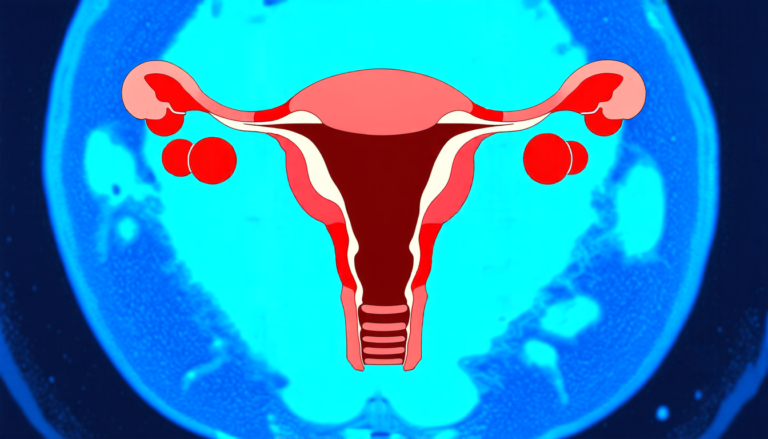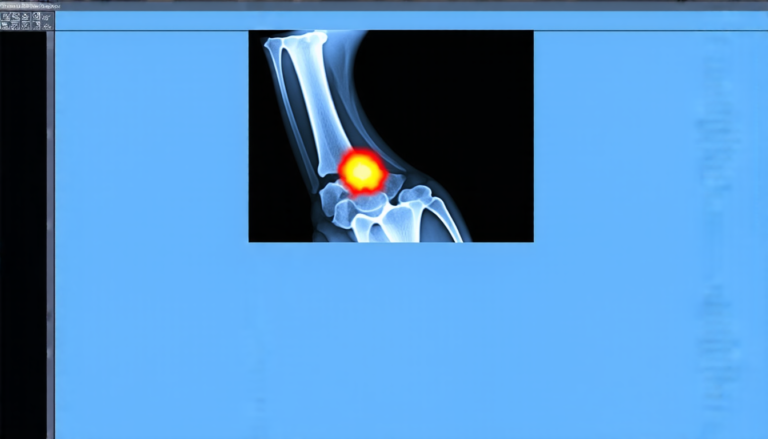Thursday 20 March 2025
Scientists have made significant progress in developing a new technique for analyzing complex data sets, such as images and point clouds. This method, known as Linear Optimal Transport (LOT), allows researchers to efficiently embed high-dimensional data into lower-dimensional spaces while preserving important features.
The LOT algorithm is based on the concept of optimal transport, which was first introduced by French mathematician Gaspard Monge in the 18th century. Optimal transport refers to the process of moving one probability distribution to another while minimizing the total cost. In the context of data analysis, this concept can be used to embed high-dimensional data into lower-dimensional spaces that are easier to analyze and visualize.
The LOT algorithm uses a linear program to solve the optimal transport problem, which makes it computationally efficient and scalable for large datasets. The algorithm also allows researchers to control the level of approximation by adjusting the regularization parameter, making it possible to trade off between accuracy and computational efficiency.
Researchers have applied the LOT algorithm to various data analysis tasks, including dimensionality reduction, classification, and clustering. In one study, scientists used LOT to analyze a dataset of 3D scanned teeth and found that the algorithm was able to accurately identify different species based on shape and size features.
The LOT algorithm has also been used in medical imaging applications, where it can be used to compare images from different patients or to track changes over time. For example, researchers have used LOT to analyze MRI scans of the brain and detect subtle differences between healthy and diseased tissues.
One of the key advantages of the LOT algorithm is its ability to preserve important features of the data while reducing dimensionality. This makes it possible to identify patterns and relationships that may not be apparent in higher-dimensional spaces.
The LOT algorithm has also been shown to be more efficient than other dimensionality reduction techniques, such as principal component analysis (PCA). This is because PCA can lose important information about the data when reducing dimensionality, whereas LOT preserves this information by minimizing the total cost of transporting the data.
Overall, the Linear Optimal Transport algorithm offers a powerful new tool for analyzing complex data sets. Its ability to efficiently embed high-dimensional data into lower-dimensional spaces while preserving important features makes it an attractive option for researchers in a wide range of fields.
Cite this article: “Linear Optimal Transport: A New Technique for Analyzing Complex Data Sets”, The Science Archive, 2025.
Data Analysis, Optimal Transport, Linear Optimal Transport, Lot Algorithm, Dimensionality Reduction, Classification, Clustering, Medical Imaging, Principal Component Analysis, Data Embedding







